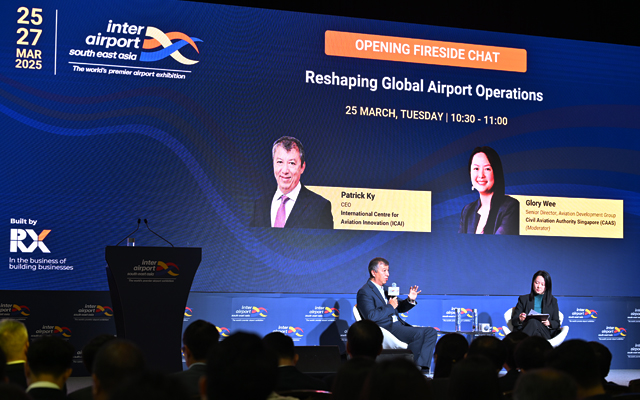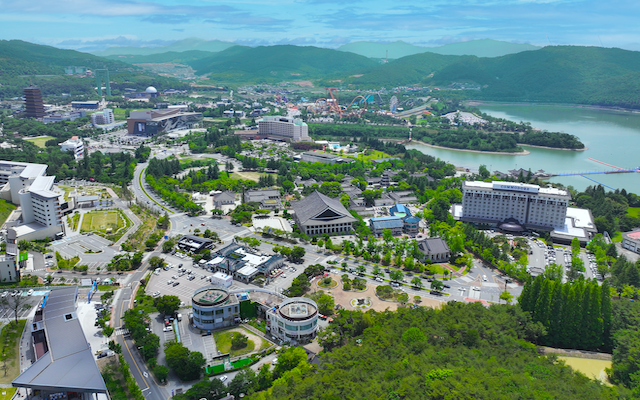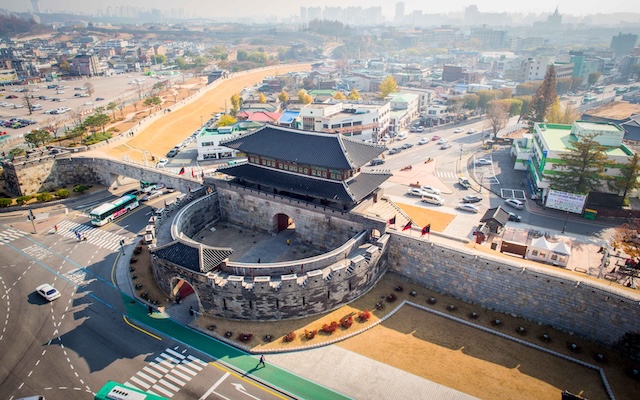
The three-day inter airport Southeast Asia 2025, which kicked off on March 25 at Marina Bay Sands, Singapore, is seeing hot discussions about the future of airport operations and passenger experience. These conversations, which are built on the event theme, Airport Operations for Tomorrow, are said to be critical, as the aviation industry is witnessing rapid transformation and has projected global passenger traffic to reach 19.5 billion by 2042.
The event opened with a fireside chat on Reshaping Global Airport Operations, which delved into the fundamental shift airport operations will face and how airports must evolve to balance the imperatives of efficiency, resilience, and sustainability.

When asked to share one game-changing technology that would redefine the industry, Patrick Ky, CEO, International Centre for Aviation Innovation, said “innovation that drives data sharing will be key”, but that would require many regulatory aspects and willingness from airports to share with each other.
Glory Wee, senior director, aviation development group, Civil Aviation Authority Singapore, added: “It is clear from our discussion that in order to reshape airport operations, it is not just about technological advancements but also about setting standards, data integrity, collaborations, and sharing best practices. Above all, the industry needs to work towards building trust with partners and ecosystem players.”
Leading airports also presented case studies highlighting their technological integrations, regional growth strategies, and efforts to meet rising demand while enhancing passenger experience.
Shinichiro Motomiya, general manager, Narita International Airport Corporation, detailed the airport’s expansion project for the 2030s, which includes extending an existing runway, constructing a new runway, improving connectivity into the city, and consolidating this into a single terminal to accommodate the expected increase of passenger capacity from 57 to 75 million.
Nguyen Dang Minh, director of airport operations department, Airports Corporation of Vietnam (ACV), also shared the organisation’s master plan to develop a robust and resilient airport network by 2050. By 2030, ACV will equip 30 airports across the country with a combined capacity to handle 275.9 million passengers annually. By 2050, the network will expand to 33 airports (14 international and 19 domestic), ensuring that 97 per cent of the population has access to an airport within 100km.
At the heart of this transformation is the Long Thanh International Airport project, positioned as a key national aviation hub and one of the most ambitious infrastructure projects in the region.
Delegates attending inter airport Southeast Asia 2025 today and tomorrow will have access to groundbreaking discussions and innovations that address efficiency, sustainability, and automation in ground handling and airport logistics.

























